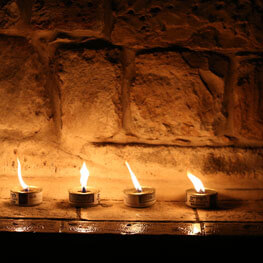There are approximately 14 million Jewish people in the world. 5.5 million live in Israel, some 6 million in the US and about half a million each in the UK, France, South America and the former Soviet Union.
The first Jews came to Australia as convicts with the First Fleet. Since then Jewish people have arrived in Australia in each generation, many as refugees from persecution. There are presently about 110,000 Jews in Australia. Over 90,000 live in Melbourne or Sydney.
The Jews are not a ‘race’, as they comprise people of all skin colours and racial types. Jews resolve the question of definition by describing themselves as a ‘people’, with an identity which incorporates elements including religion, culture, language and historical memory. It follows that Judaism is more than a faith or a belief system. It might best be described as a religious culture, originating in the historical narrative of the Jewish people.
In this sense Jews see themselves as a family, tracing their origins to the Biblical Patriarchs,

